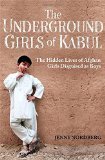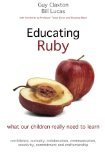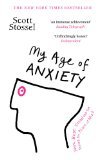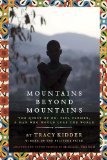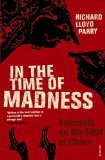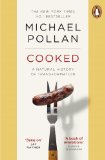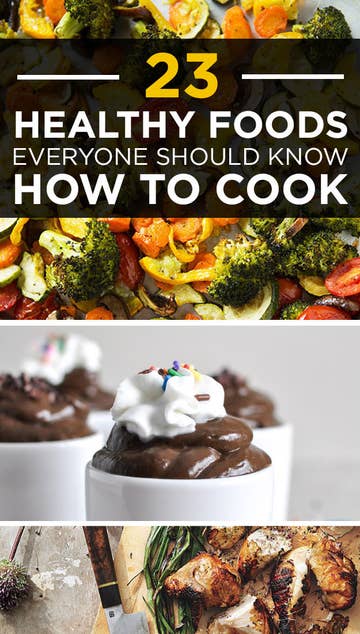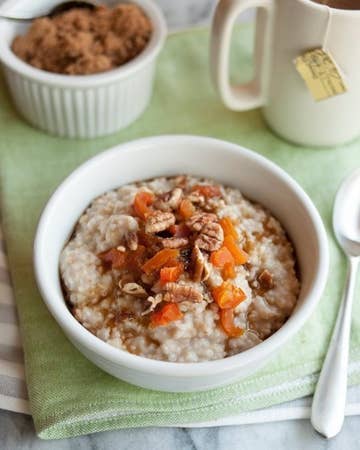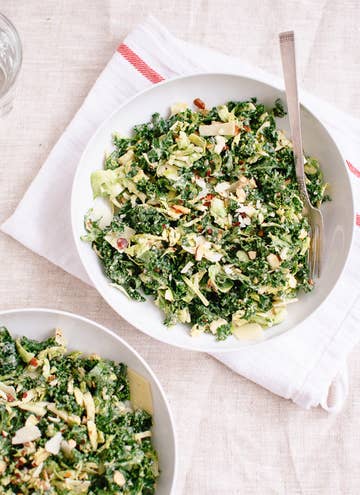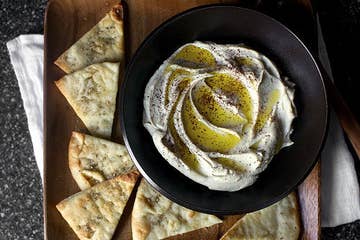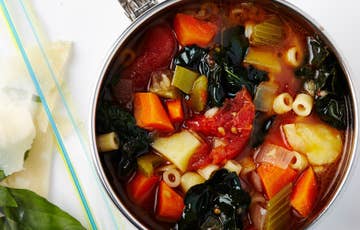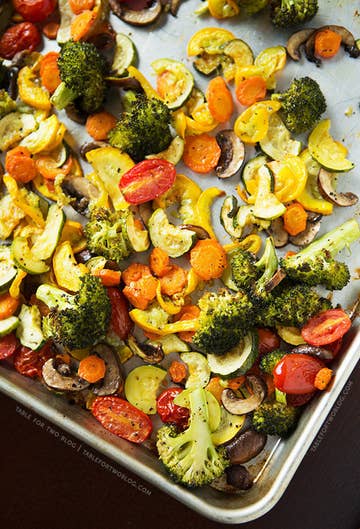Five words from the blurb: hidden, gender, observations, society, secret
The Underground Girls of Kabul is a fascinating investigation into the lives of Afghani girls who are raised as boys. The practice is secretive, but widespread, and occurs for a variety of reasons. Male babies are prized because they protect the family, bring in the majority of income, and are necessary for inheritance reasons. Women who produce only female offspring are seen as failures, so the idea of pretending your newborn is a boy is an appealing way of being accepted by society. From birth these female babies are presented to the world as male. They are known as ‘bacha posh’, which translates as ‘dressed up like a boy’.
Jenny Nordberg is a journalist who spent time interviewing people in Afghanistan. By gaining their trust she managed to get an incredible insight into this hidden world. Her discoveries on gender differences were especially revealing – showing to what extent nature can be overridden by nurture. Nordberg also managed to find adult bacha posh, some who have revealed their true gender and are now living as women, but others who have decided to remain as men throughout their adult lives.
Who would not walk out of the door in disguise – if the alternative was to live as a prisoner or slave? Who would really care about long hair or short, pants or skirt, feminine or masculine, if renouncing one’s gender gave one access to the world?
The book gives details of what everyday life is like in Afghanistan. I’ve read several books on this subject, but this is the first to really get under the skin of normal people. Gender politics within the country were also explained fully and I now feel I have an understanding of the history behind the rules. It was interesting to see how powerful women are trying to change things, but be able to appreciate the immense difficulties they face in trying to do so.
The writing was excellent, but maintained a journalistic distance from the subjects throughout. I’d have preferred to get to know some of the interviewees in more depth, but the book skipped to the next person before the reader had a chance to bond with anyone. This meant a wide range of different families were introduced, but the same topics were occasionally repeated.
Overall this book was fascinating for many different reasons, but an essential read for anyone interested in gender differences.

.
